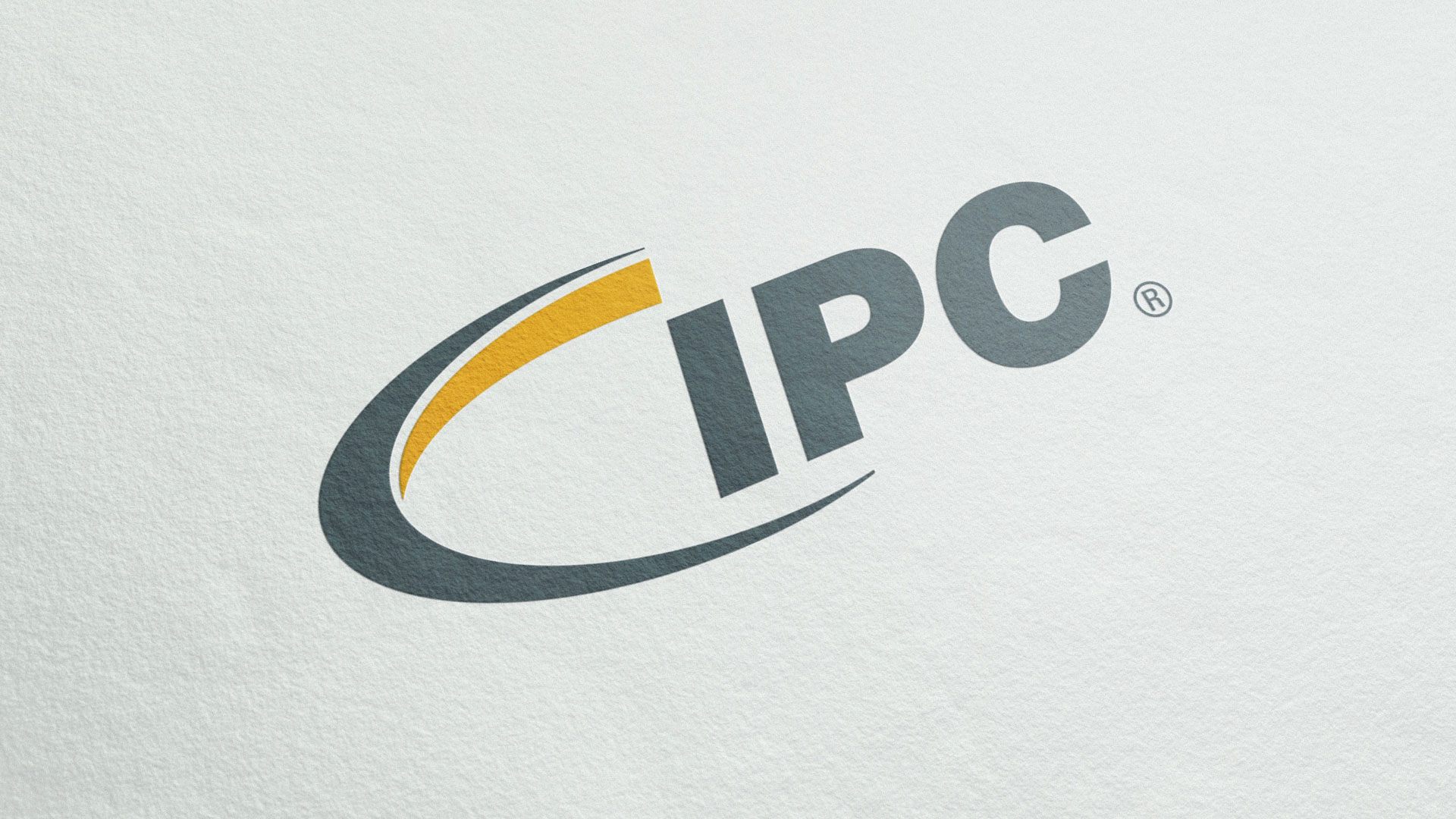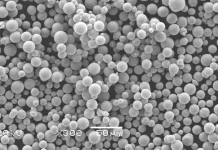A new white paper from IPC’s Chief Technologist (CTC) and Design Leadership (DLC) Councils, Better Electronics by Design: Next Generation Design Needs explores the elements of the “Design for Excellence” methodology, re-thinking how it needs to be further defined and applied in the full ecosystem of electronics design.
In addition, the whitepaper provides a high-level exploration of the full “silicon-to-systems” ecosystem, examines the justification and implications of an Authoritative Source of Truth (ASOT), discusses the need for synergy between building blocks of electronic systems, and takes a deep dive into the subject of design rules and “design for manufacturability.”
Key messages within the white paper include:
- Electronic systems are increasingly complex and heterogeneous.
- Facilitation of an Authoritative Source of Truth (ASOT) is mandatory to ensure consistency, efficiency, and traceability.
- The industry needs a more robust and interoperable toolset to support greater silicon-to-systems collaboration.
- Diverse electronic and mechanical CAD systems must gain interoperability by including proper model-based definitions (MBD) and collaborative software to cover both disciplines.
- A shift towards true digital collaboration and automation and an early consideration of manufacturing capabilities across the development process is essential to master increasing time-to-market and complexity challenges.
“Creating better electronics by design is a common, collective goal of the electronics industry,” said Peter Tranitz, IPC senior director, technology solutions, and leader of IPC’s design initiative “To achieve this, an ASOT should be established and protocols, standardized. To leverage the associated benefits, a culture of real digital collaboration, transparency, and accountability needs to be established. Tools need to support bi-directional, incremental exchange of information. And, design rules need to be broken down to the relevant stages of the design workflow and checks need to be performed after every stage of the design process to drive the concept of ‘shift left.’ For effective Design for Manufacturability execution, manufacturers need to provide clear guidance on manufacturing capabilities and constraints to designers.”
Download the report: www.go.ipc.org/next-gen-design.









